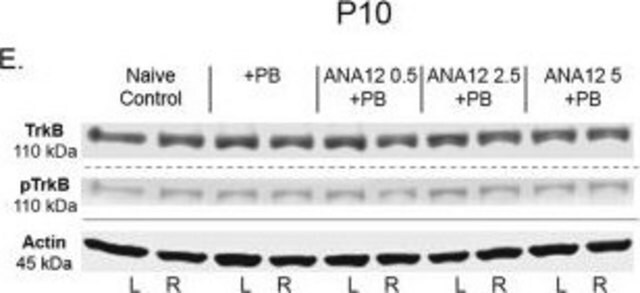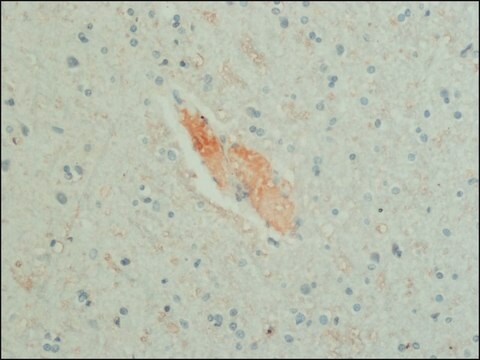05-532
Anti-CaM Kinase II Antibody, α subunit, clone 6G9
clone 6G9, Upstate®, from mouse
Synonim(y):
Anti-Anti-CAMKA, Anti-Anti-CaMKIINalpha, Anti-Anti-CaMKIIalpha, Anti-Anti-MRD53, Anti-Anti-MRT63
About This Item
Polecane produkty
pochodzenie biologiczne
mouse
Poziom jakości
forma przeciwciała
purified immunoglobulin
rodzaj przeciwciała
primary antibodies
klon
6G9, monoclonal
reaktywność gatunkowa
rat, bovine
producent / nazwa handlowa
Upstate®
metody
immunohistochemistry: suitable
western blot: suitable
izotyp
IgG1
numer dostępu NCBI
numer dostępu UniProt
Warunki transportu
dry ice
docelowa modyfikacja potranslacyjna
unmodified
informacje o genach
human ... CAMK2A(815)
Specyficzność
Immunogen
Zastosowanie
Signaling
GPCR, cAMP/cGMP & Calcium Signaling
Jakość
Opis wartości docelowych
Postać fizyczna
Przechowywanie i stabilność
Informacje prawne
Oświadczenie o zrzeczeniu się odpowiedzialności
Nie możesz znaleźć właściwego produktu?
Wypróbuj nasz Narzędzie selektora produktów.
polecane
Kod klasy składowania
10 - Combustible liquids
Klasa zagrożenia wodnego (WGK)
WGK 1
Certyfikaty analizy (CoA)
Poszukaj Certyfikaty analizy (CoA), wpisując numer partii/serii produktów. Numery serii i partii można znaleźć na etykiecie produktu po słowach „seria” lub „partia”.
Masz już ten produkt?
Dokumenty związane z niedawno zakupionymi produktami zostały zamieszczone w Bibliotece dokumentów.
Nasz zespół naukowców ma doświadczenie we wszystkich obszarach badań, w tym w naukach przyrodniczych, materiałoznawstwie, syntezie chemicznej, chromatografii, analityce i wielu innych dziedzinach.
Skontaktuj się z zespołem ds. pomocy technicznej








